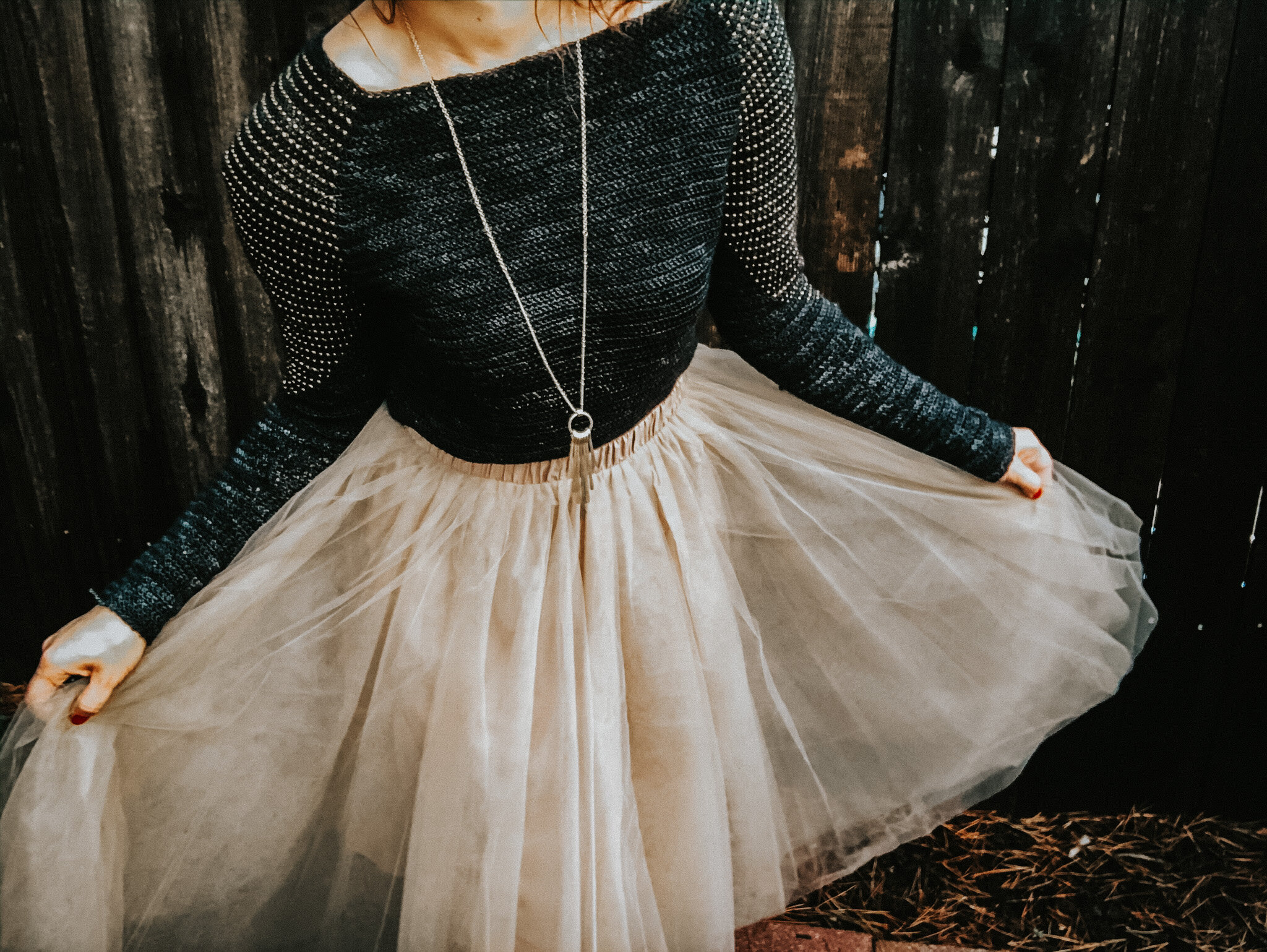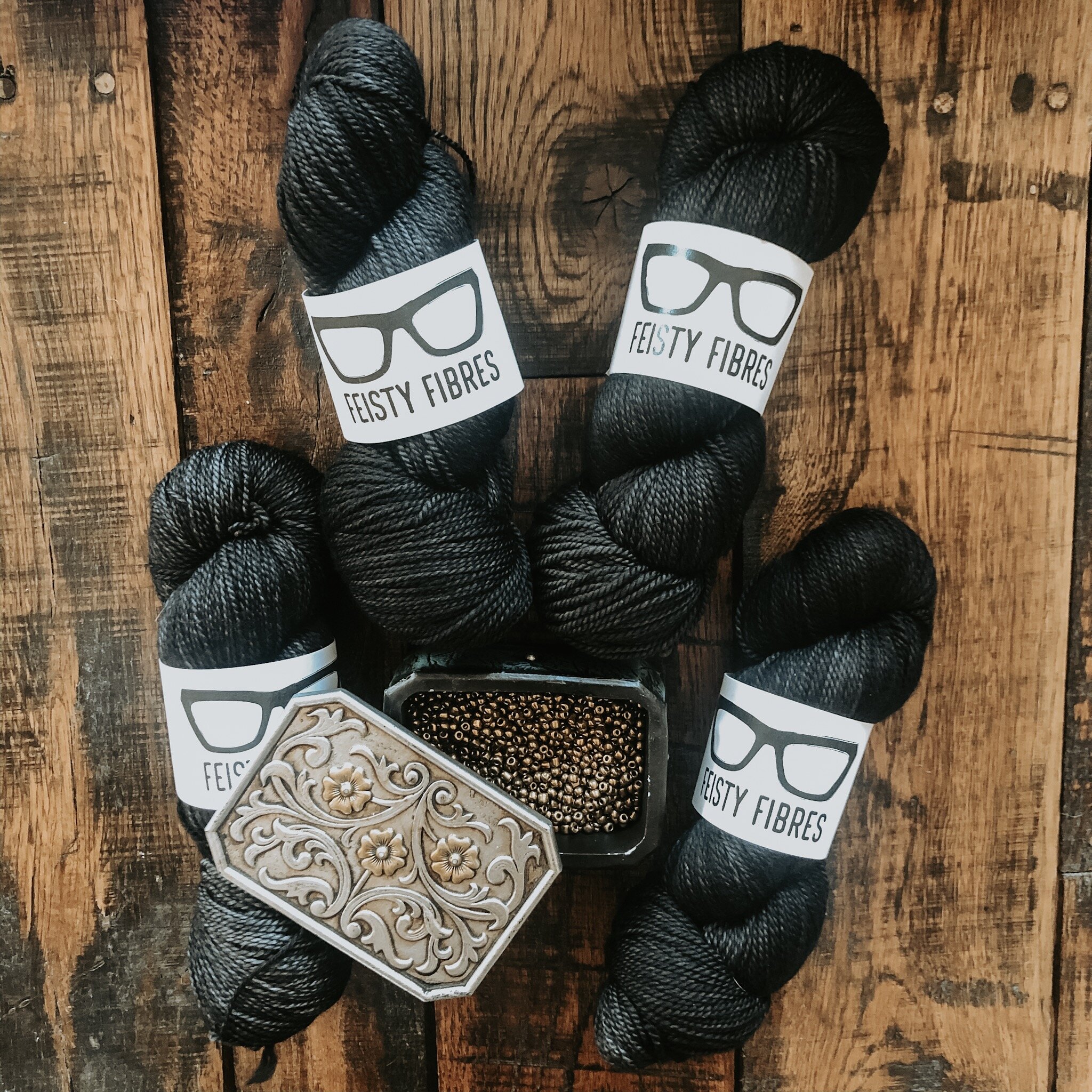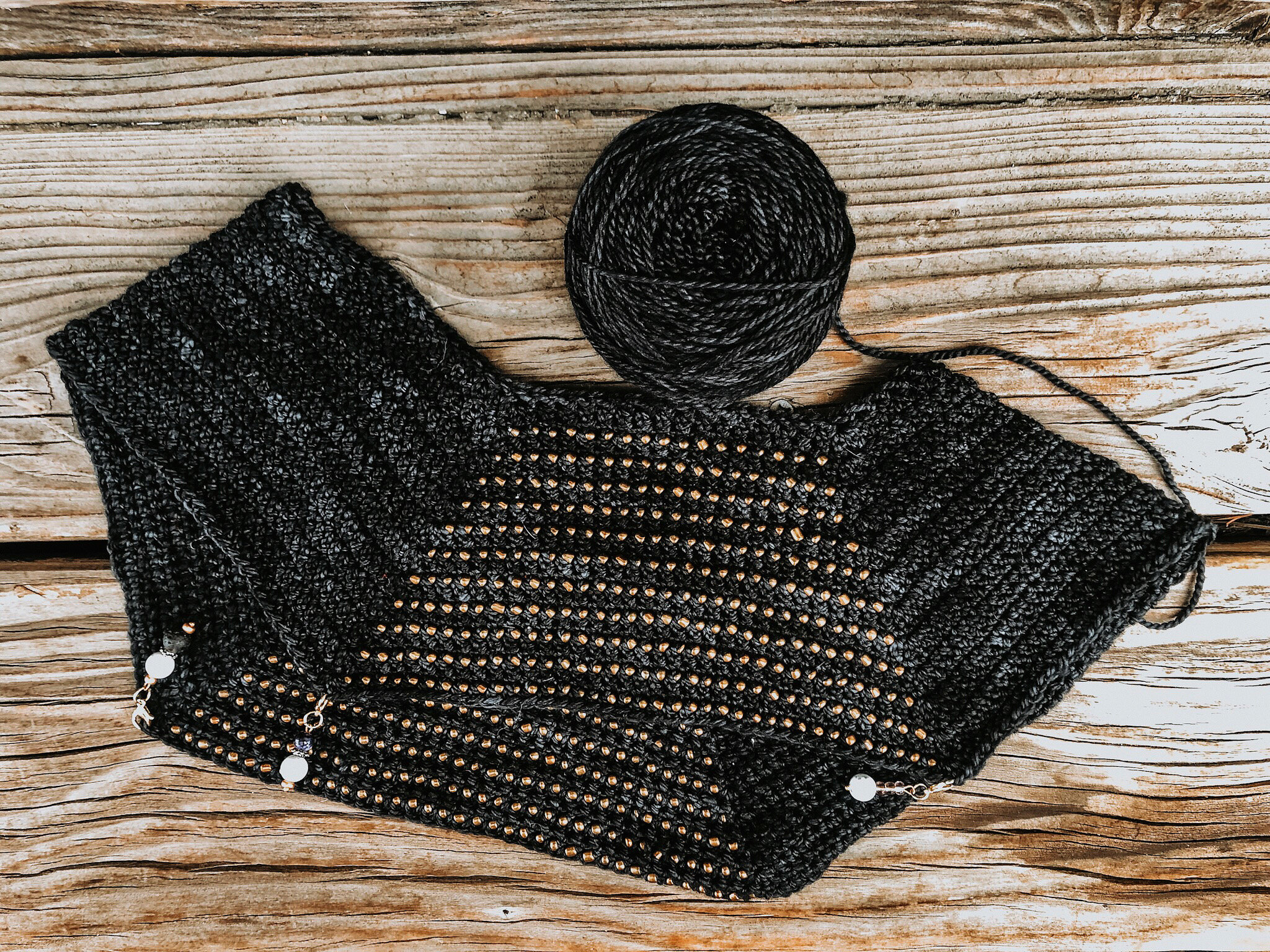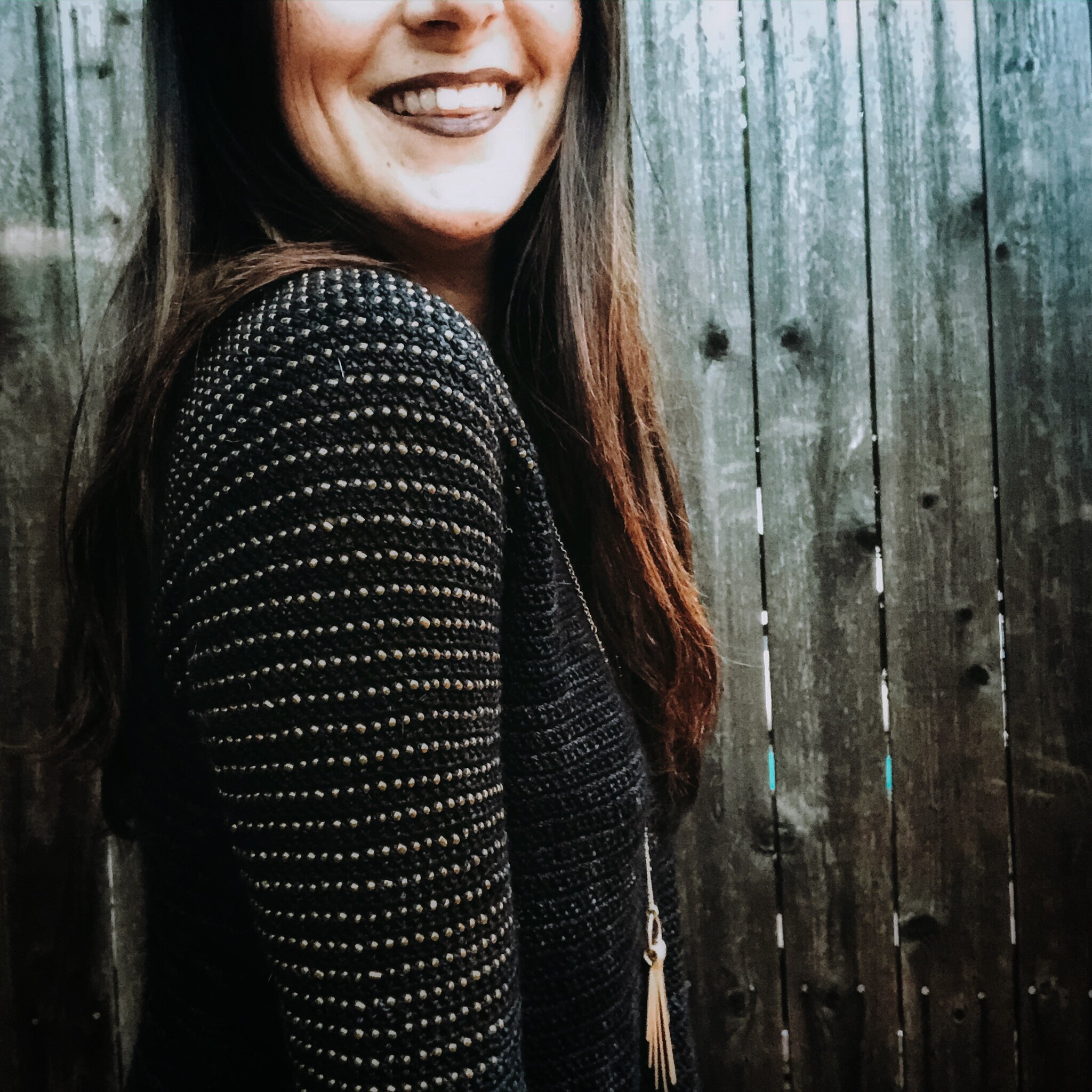Testing Tools You Need.
To be a successful pattern tester, you will absolutely need to have a few materials. In my opinion, not having these are deal-breakers. Luckily, there are affordable options that will work just fine if you do not already have these laying around the house.
First, you need access to various sizes of knitting needles (circular or straight, and maybe DPNs), crochet hooks, or Tunisian crochet hooks (potentially with a cord), depending on the pattern.
This may sound obvious, but sometimes makers only have a few sizes handy. You need to have or be able to quickly access sizes ranging from at least 1 mm below to 1 mm above what the designer used in his/her/their sample. This is because you may need to size up or down to meet gauge in a pattern. [If you’re wondering “what the fork is gauge, “ you’re in luck! A post on gauge is coming soon!]. It is not unheard of to need to size down/up even further (I often do), so do not be surprised if you need to make a quick run to the yarn store for more sizes, if you do not have a full set.
KNITTING: My favorite set of knitting needles is the Chiaogoo Interchangeable Circular Needles Set. However, you can always start with a much cheaper set. I actually started out with this budget-friendly set from Amazon and it worked fine until I was ready to upgrade (but do not expect them to be perfect, given the cost). I also use the Chiaogoo 9” circular needles for testing knit socks, and I use this affordable set of DPNs from Amazon, as well.
CROCHET: To this day, I still use the first set of budget-friendly crochet hooks I bought on Amazon. They work perfectly for me!
TUNISIAN CROCHET: I started out with this affordable beginner set of Tunisian crochet hooks, and they worked perfectly fine for me for a while. I later upgraded to the Knitters Pride Tunisian hook set, which I absolutely love! The pointy tip makes going into Tunisian stitches so easy. And then, after seeing @tlyarncrafts rave about them twice, I recently bought the Denise Interchangeable Set, which I also love! These come with two hooks per size, making it possible to Tunisian crochet in the round.
Second, you need the right weight yarn in the right amount.
If the design calls for a fingering weight yarn, you most likely cannot use a DK weight yarn, and vice versa. If you do not already have enough of the yarn in your stash, make sure you’re able to get the yarn in your hands with enough time to finish the pattern test by the deadline. If there is a risk you will not be able to get the yarn in time to finish by the deadline, do not sign up for this test. There will be more.
Third, you need a small scale that can measure in ounces or grams (unless the designer specifically tells you that you do not need to measure yardage).
This is how you will measure yardage. You need to be able to measure your starting yarn skeins, your final piece, and/or your remaining yarn. [A post with more information on measuring yardage will be coming very soon. For now, a short answer can be found in the FAQs.]
This is the scale I have - a standard, affordable kitchen scale! That’s all you need.
Fourth, you need a measuring tape.
If you’re not testing garments, a ruler might work, but a measuring tape will be best. A measuring tape will be used to: measure your own dimensions (e.g., bust size) before you even apply to test a garment; measure the length, width, and other potential aspects of your finished item to provide feedback to the designer; and measure your gauge swatch to make sure you’re getting the correct number of stitches and rows per 4” block.
This Susan Bates gauge ruler works great for checking gauge, but you’ll want a longer measuring tape for final item measurements and your own measurements (and the longer measuring tape will work for gauge too).
Fifth, you need a camera.
Your phone camera will suffice (that’s what I use!), if it can take decent quality pictures. One of the main things a designer looks for when choosing a tester is decent pictures. There are several free apps available that can help you make your photos look better, but first and foremost, you will need access to a camera. Aim for natural lighting to get the best photographs. Nkese of @cosmic_crochet_creations recently wrote about this on the incredible Stitch & Hustle blog. Click here to read that post!
And then there are a few more obvious things, like access to the internet and an email account to receive the pattern from the designer, a method of electronically viewing or printing the pattern, and access to any platform the designer prefers for communicating during a pattern test (such as Instagram, Facebook, Slack, etc.).
As long as you have the above, you should be able to get started and finish most pattern tests. Good luck and happy stitching!
[@TheSkeiniac pictured above wearing the Andraste Sweater designed by @by.stephanie.erin. She used @feistyfibres Swanky yarn (Pastel).]



